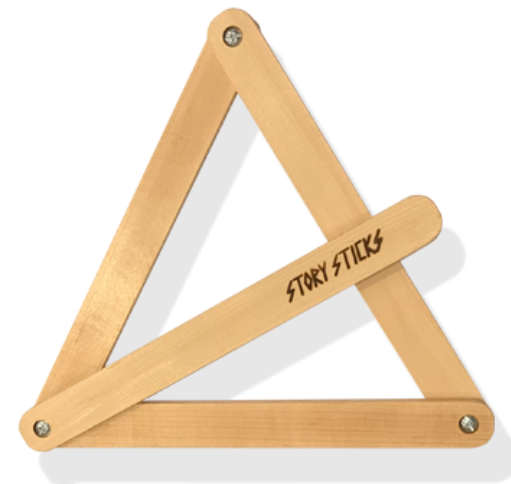Storytelling Tips
How to get the most out of StorySticks.
Learn the Method
Handy Tips to Make These Bible Stories Yours
- Practice holding the figures, moving them proficiently with both hands.
- Moving from one shape to the next requires some timing.
- Look at the illustrated shapes and begin to form them, trying to go from one to the next. Their order is your key to remember the sequence for the story line.
- Some figures are backwards, especially numbers and alphabet, because they are from the presenter’s point of view.
Share the Message
Here are some things we have learned that will make your Routine Smooth
- Read the Bible Story a few times before presenting them, the References are above the story.
- Read the Story-Stick Routine a couple of times to familiarize yourself with the narrative.
- Read the Routine out load, while attempting to insert the illustrations.
- As you repeat this process a few times, you will get more comfortable with the flow of the story and how the stick shapes work. The more you rehearse, the better you will do.
- Your words should match the completed shape, or just following a pause (…Something like this!).
- Note that we do not try to illustrate everything in the story. Ask yourself, what has more weight or what is more memorable? Not everything is important to illustrate. You want to use only enough figures so that the children can retell the story by just seeing the shapes to retell the story with the sticks. You can use more stick shapes if you do not interrupt the flow of the story. Doing so will add to the entertainment value, but will make it more difficult for the children to retell the story because of too many shapes.
- You may have to explain a particular shape, or the audience may not get it. Watch facial expressions to see if they do. If it is not obvious to them, then add more explanation. A shape that does not illustrate is a wasted visual.
Polish the Presentation
Performance Skills to Enhance your Presentation
- Know the story! Practice the stick movements. Learn the Routine.
- Use pauses for effect. Timing is critical for the audience to learn.
- The use of pauses, surprises, facial expressions, and movements matters.
- Simple is better than complex. Emphasize what is important.
- Demand a response from your story. Make it fun, but memorable.
- Practice forming the shapes with the sticks enough, so you do not have to focus on them.
- Maintain eye contact with the audience. You are teaching your audience, not the sticks!
That’s my story, and I am sticking with it!
Learn the Method, Share the Message, Polish the Presentation
